

A new paper in PLOS Biology reveals YbbAP-TesA as a novel Type VII system in E. coli.
dx.plos.org/10.1371/jour...

academic.oup.com/femsre/advan... (accepted manuscript version)
TL;DR: the Enterococci are really good at evolving resistance to antibiotics in new and creative ways.

A tripartite protein complex promotes DNA transport during natural transformation in Firmicutes www.pnas.org/doi/10.1073/...

A tripartite protein complex promotes DNA transport during natural transformation in Firmicutes www.pnas.org/doi/10.1073/...
A new paper in PLOS Biology reveals YbbAP-TesA as a novel Type VII system in E. coli.
dx.plos.org/10.1371/jour...

A new paper in PLOS Biology reveals YbbAP-TesA as a novel Type VII system in E. coli.
dx.plos.org/10.1371/jour...
#protistsonsky 🧵
#protistsonsky 🧵
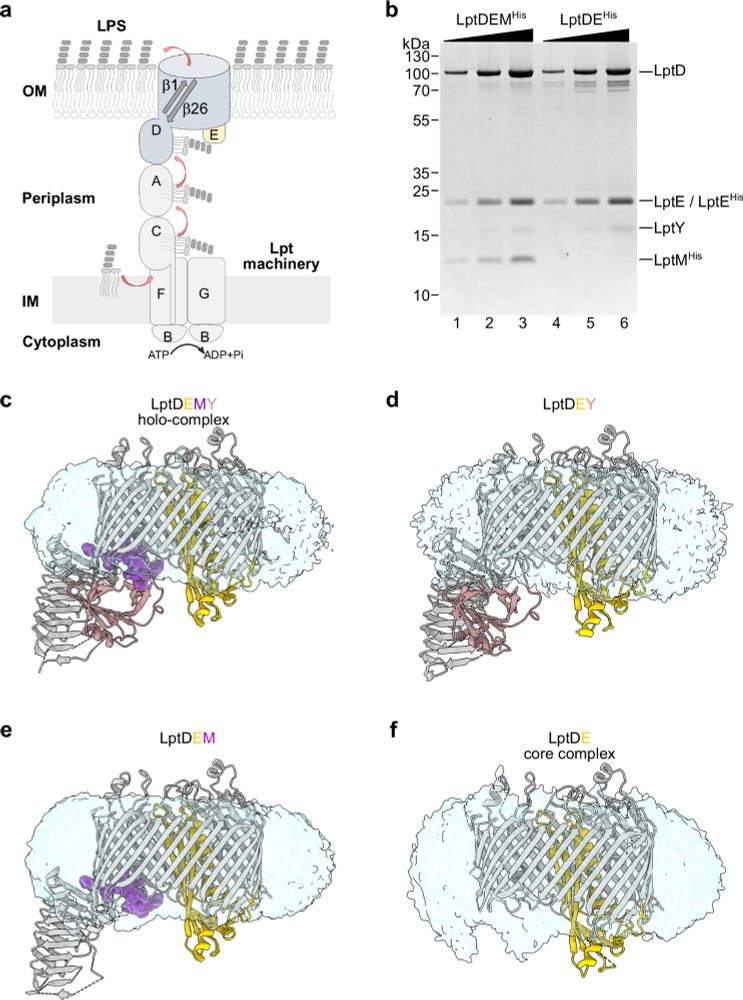
7–9 April 2026
Birmingham, UK | Leonardo Royal Hotel
- Abstracts welcome for talks & posters
- Bursaries available!
- Register & submit here:
www.eventsforce.net/biochemsoc/f...
#MembraneProteins #CallForAbstracts @biochemsoc.bsky.social

7–9 April 2026
Birmingham, UK | Leonardo Royal Hotel
- Abstracts welcome for talks & posters
- Bursaries available!
- Register & submit here:
www.eventsforce.net/biochemsoc/f...
#MembraneProteins #CallForAbstracts @biochemsoc.bsky.social
buff.ly/saLPqJM
buff.ly/saLPqJM

t.co/962Kj9pt6F
t.co/962Kj9pt6F
FtsEX-EnvC is a bacterial Type VII ABC transporter that activates key periplasmic enzymes during cell division.
We found mutations that disrupt FtsEX-EnvC activity and a disulfide that leaves it permanently active.
doi.org/10.1128/mbio...

FtsEX-EnvC is a bacterial Type VII ABC transporter that activates key periplasmic enzymes during cell division.
We found mutations that disrupt FtsEX-EnvC activity and a disulfide that leaves it permanently active.
doi.org/10.1128/mbio...
www.nature.com/articles/s41...

www.nature.com/articles/s41...

www.biorxiv.org/content/10.1...
www.biorxiv.org/content/10.1...
www.nature.com/articles/s41...
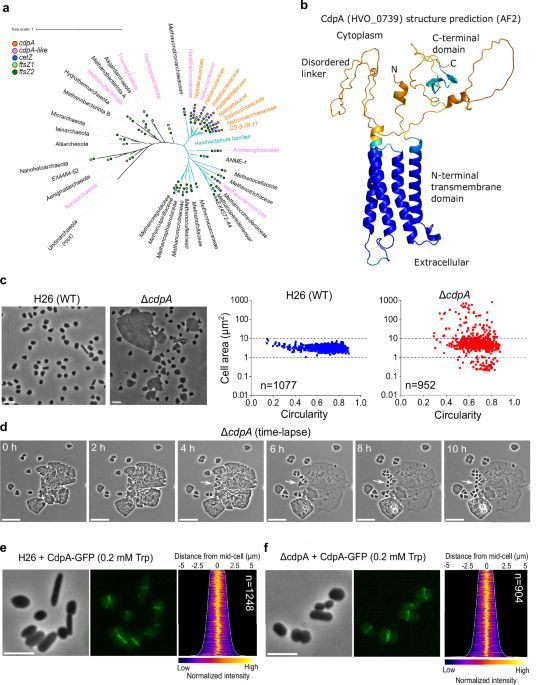
www.nature.com/articles/s41...
www.nature.com/articles/s41...

www.nature.com/articles/s41...
Our work, led by @fabianmunder.bsky.social, shows that bacteria from 22 phyla use the high-affinity transporter PqqU to obtain the redox cofactor PQQ from the environment as an alternative to cofactor synthesis.
www.science.org/doi/10.1126/...
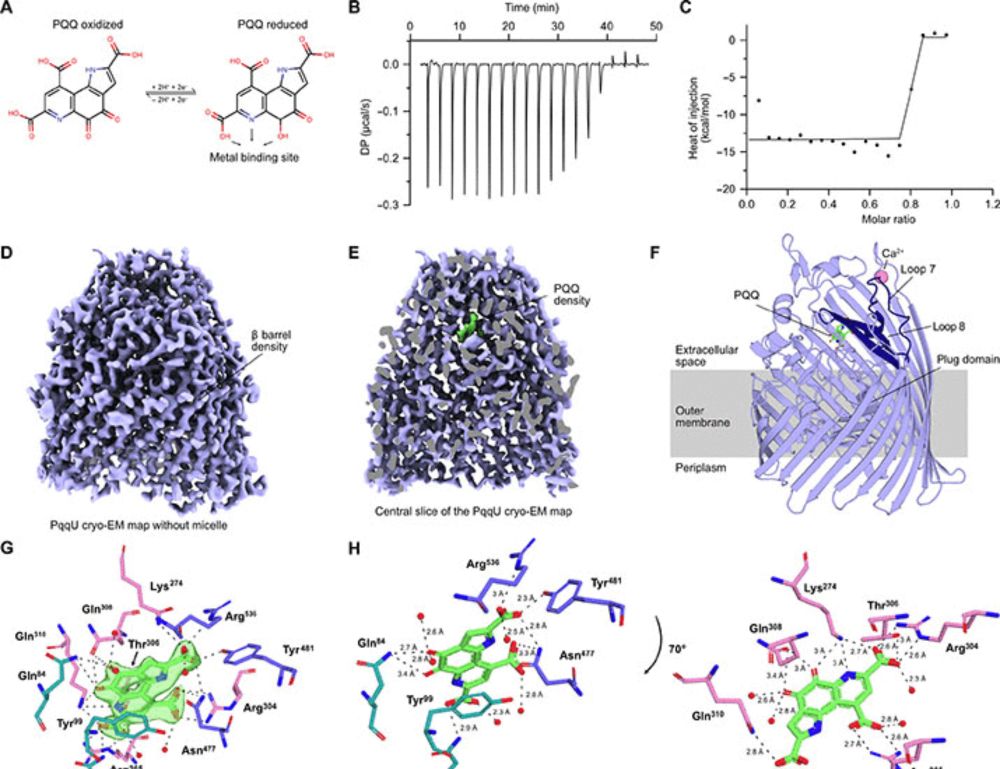
Our work, led by @fabianmunder.bsky.social, shows that bacteria from 22 phyla use the high-affinity transporter PqqU to obtain the redox cofactor PQQ from the environment as an alternative to cofactor synthesis.
www.science.org/doi/10.1126/...
In this new paper with colleagues @Bicycle_tx we show a new way to hit old targets: rdcu.be/eoaRI
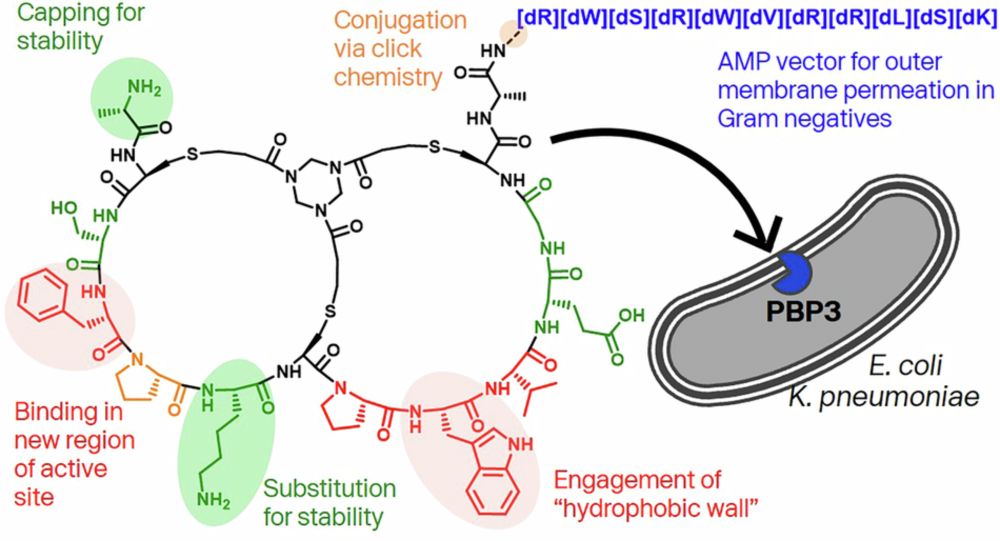
In this new paper with colleagues @Bicycle_tx we show a new way to hit old targets: rdcu.be/eoaRI
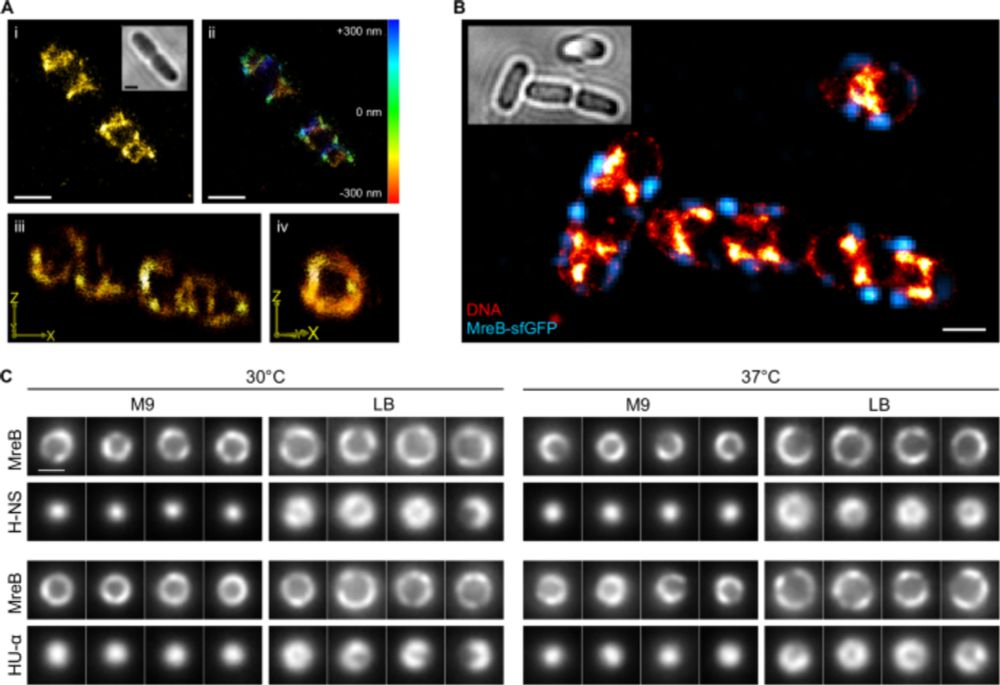
To divide, cells must first bend the membrane inward, a process that’s energetically expensive

To divide, cells must first bend the membrane inward, a process that’s energetically expensive
A special shout-out to all the people who made this work possible, especially Dr. Jason Lyu, and Dr. David Weiss.
www.nature.com/articles/s41...
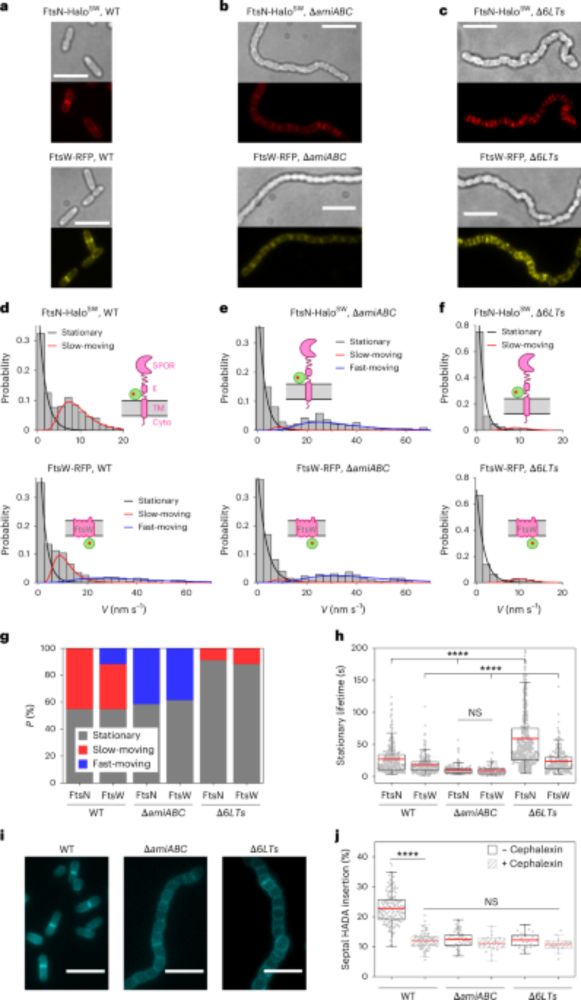
A special shout-out to all the people who made this work possible, especially Dr. Jason Lyu, and Dr. David Weiss.
www.nature.com/articles/s41...


